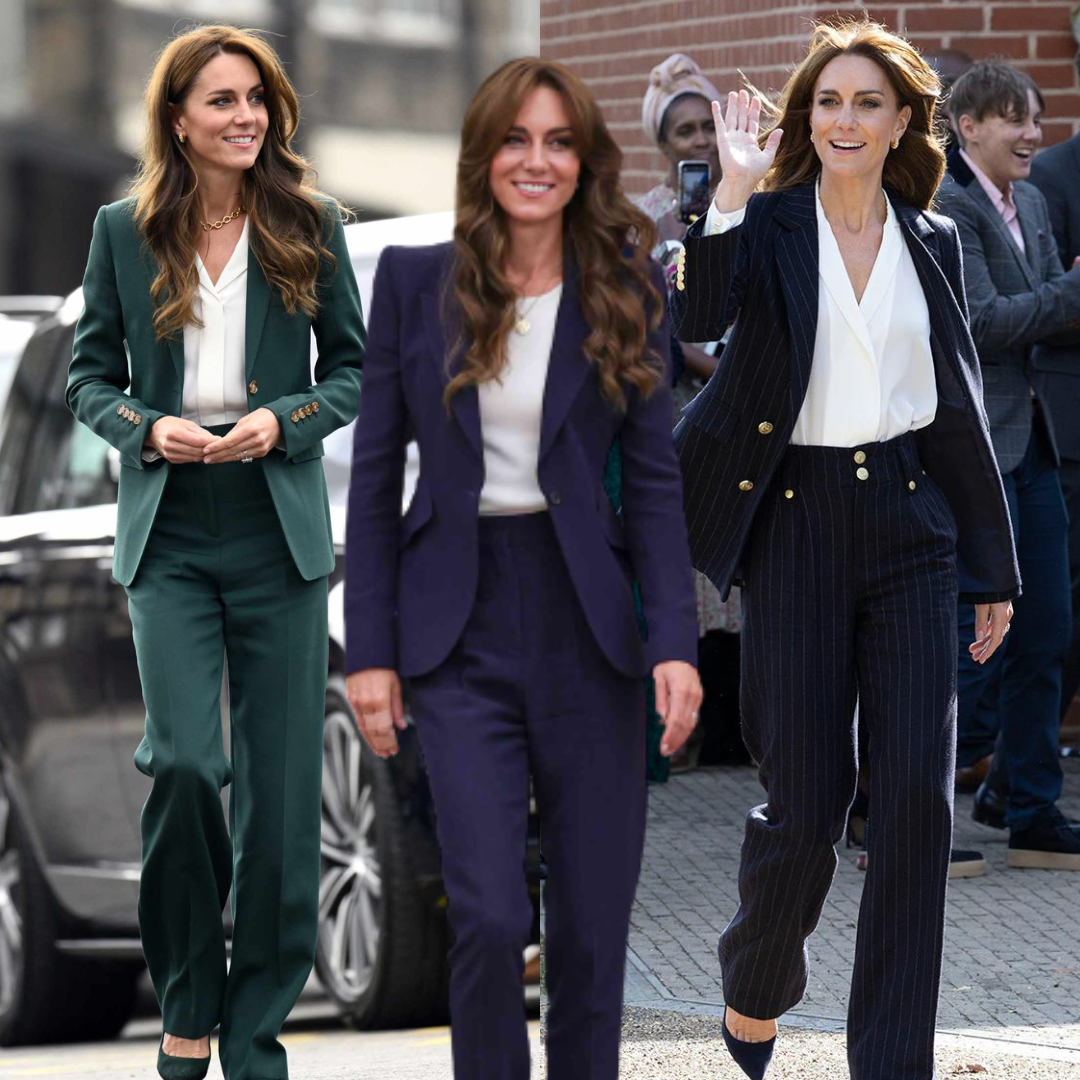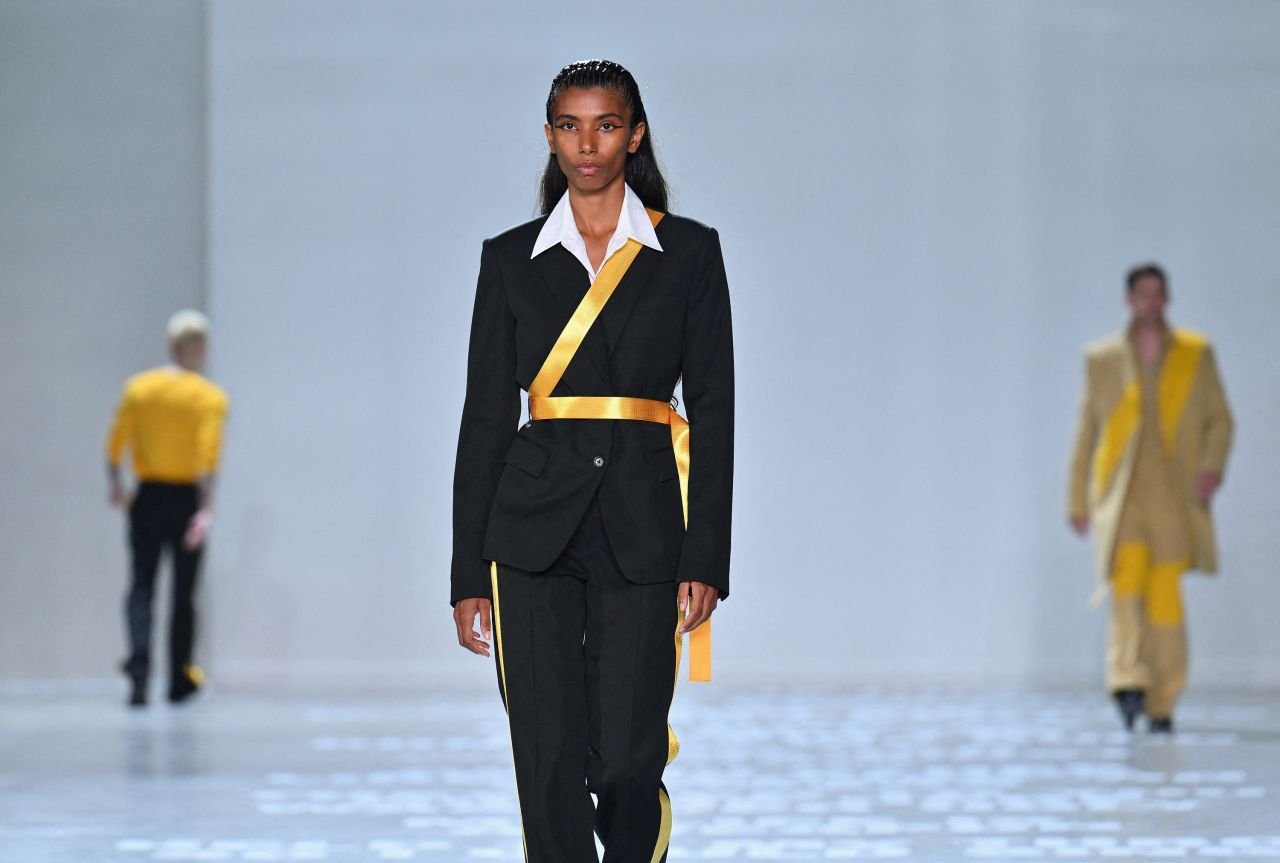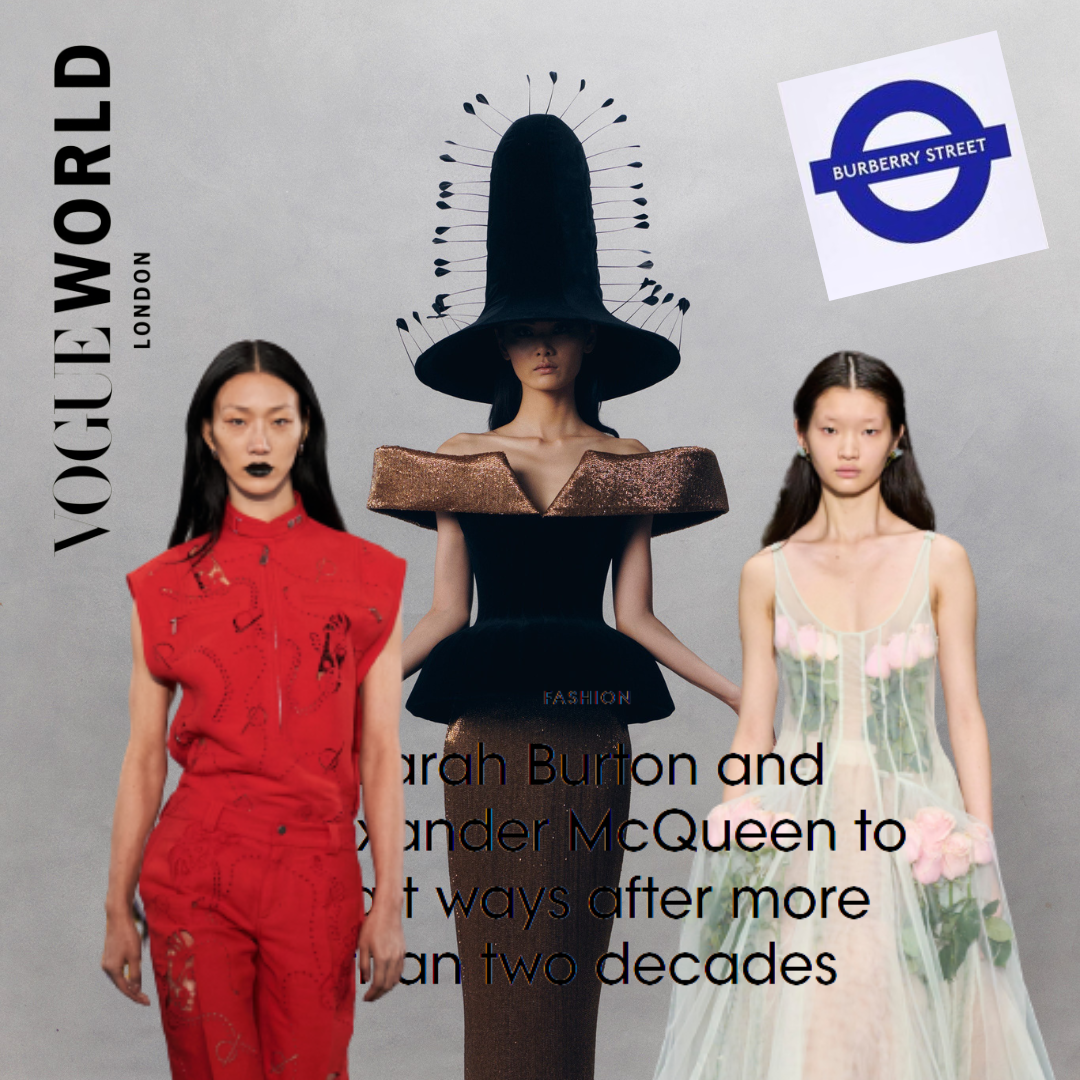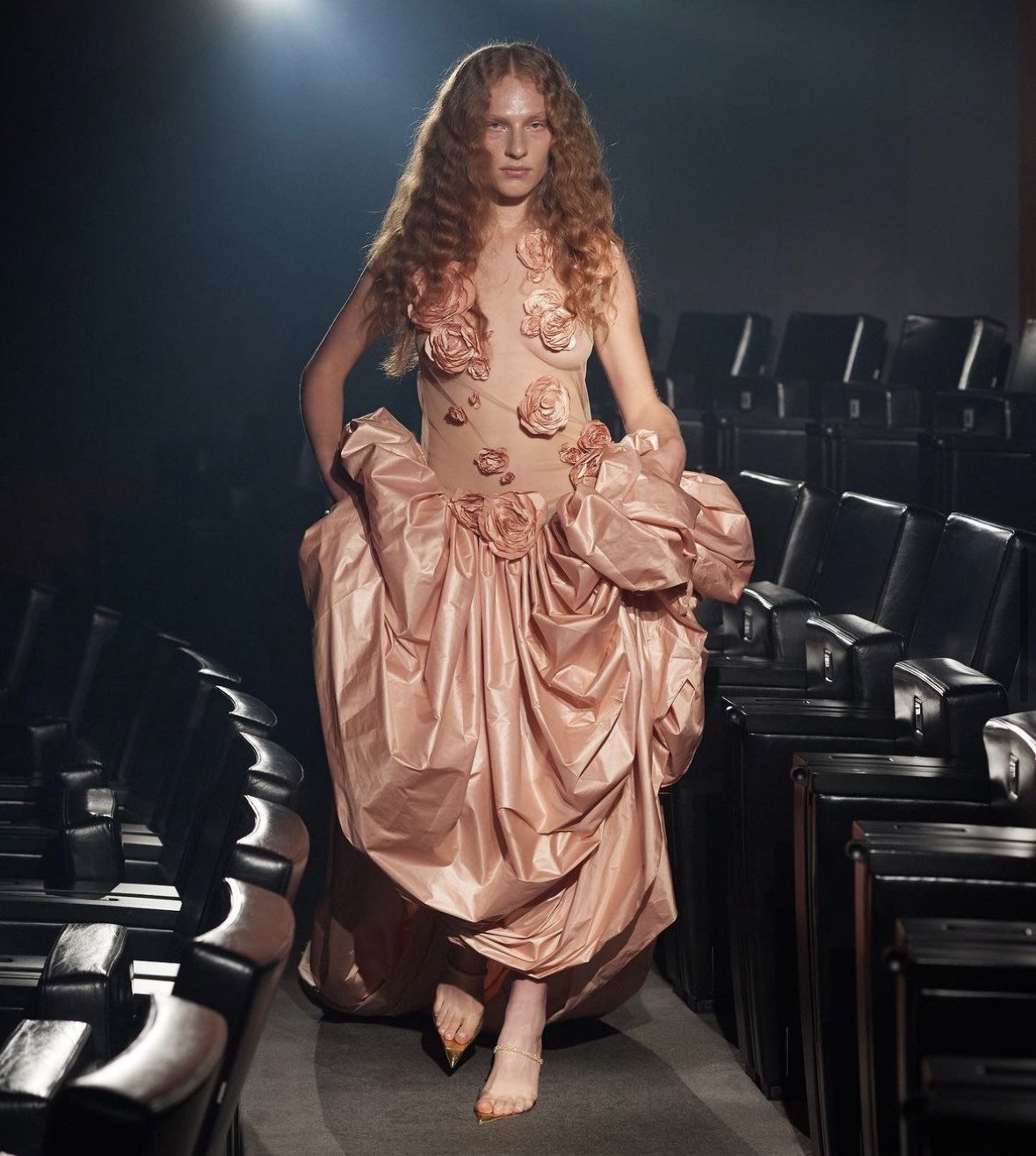Norman Hartnell: The Late Queen’s Favourite Fashion Designer
As the weeks proceed since the passing of Queen Elizabeth II, people are still talking about her fashion and it’s no real surprise. Reigning for 70 years and living for 96, our late Queen saw fashion evolve from the flapper dresses of the 1920s to the 1950s New Look all the way through to whatever you would call fashion in 2022.
When we imagine her in our minds we see an older woman in a brightly coloured skirt suit and a young, elegant beauty in a voluptuous gown simultaneously. As a non-political figure, she had to utilise her clothing to send subtle messages about how she was feeling, her opinions on certain topics or to honour a specific country or nation. Queen Elizabeth II was the epitome of a power dresser, and she learnt from the very best, her most beloved and favourite designer Norman Hartnell.
Born in 1901, Norman Hartnell attended Cambridge University where we read modern languages, however, he was far more interested in designing and creating the costumes for productions held at the prestigious university. After realising where his true talents lay, he opened up his own business in 1923. Due to his connections from his days at university, Hartnell’s first clients were débutantes and their mothers securing his status as a designer for the upper echelons of society.
From the very start, his style was clear, he was a romantic and wouldn’t have been out of place with the Pre-Raphaelite artists from the century previous. He famously declared at the height of his career, “I despise simplicity; it is the negation of all that is beautiful.” This would come to be his biggest selling point for dressing the British Royal Family.
His first prominent Royal patronage would come in 1935 when he was asked by Lady Alice Montagu Douglas Scott to create her wedding gown for her marriage to the Duke of Gloucester (son of King George V and Queen Mary) as well as the bridesmaid’s outfits. Among the bridesmaids were the young Prince Elizabeth and Princess Margaret. The Queen Mother quite simply fell in love with Lady Alice’s dress and it was from that moment that she would turn to Hartnell for all her fashion needs. She commissioned Hartnell to pull together her entire wardrobe for her North American and Canadian tour in 1939 which accomplished him international praise as well as fame in the United Kingdom. In 1940 he would receive a Royal Warrant as a dressmaker to The Queen.
During the Second World War, being a fashion designer wasn’t always the most useful of careers however Hartnell gained permission and endorsement from The Queen to design clothes for the government’s Utility campaign with clothes mass-produced by Berketex. He was also commissioned to plan and design the women’s uniforms for the British Army and medical corps as well as the service uniforms for nurses and female officers in the City of London Pollice and the Metropolitan Police force.
A sketch of Princess Elizabeth's wedding dress by Norman Hartnell.
It was in 1947 that Hartnell would have his first of many major fashion moments with the then Princess Elizabeth when he created her world-famous wedding gown. Often taking inspiration from historical art pieces, Hartnell used Botticelli’s Primavera as a starting point for the Princess’s dress. Made with materials purchased with ration coupons, the dress featured a high neckline with a tailored bodice and a fit and flare silhouette and was embroidered with flowers of various nations in silver thread with small, delicate crystals and over 10,000 seed pearls imported from the United States.
After the great success of her wedding gown, Hartnell would receive the commission of a lifetime just four years later, the coronation gown of Queen Elizabeth II. About the moment he was asked, Hartnell wrote in his autobiography, “I can scarcely remember what I murmured in reply. In simple conversational tones the Queen went on to express her wishes. Her Majesty required that the dress should conform in line to that of her wedding dress and that the material should be white satin.”
Queen Elizabeth and Prince Philip, 1953.
The dress had to be ordered eight months in advance of the actual coronation due to the ample workload to create the gown. They spent hours upon hours completing the complex embroideries on the gown. This included the floral emblems of the countries of the United Kingdom and those of the Commonwealth Nations, including the English Tudor rose, Scottish thistle, the Welsh leek, Irish shamrock, Canadian maple leaf, Australian wattle, New Zealand silver fern, South African protea, Indian lotus flower, the lotus flower of Ceylon and Pakistan’s wheat, cotton and jute.
However, the coronation gown of the Queen was not the only dress that Hartnell designed for the day, he also had to create gowns for the six maids of honour to the Queen. Lady Anne Glenconner (Coke at the time of the coronation) said of the gowns in an interview with InStyle: “After the war, because we had no clothes during the war, it was the most thrilling thing. The only thing about the dresses were they weren't lined, so they were very prickly. They were very tight. We did look lovely. We had very nice wreaths in our hair made of corn and pearl roses and little crystal flowers.”
During the 1950s and up until his death in 1979 at the age of 77, Hartnell would create a vast chunk of the looks worn by the Queen both abroad and at home. As time progressed and fashions changed into the 60s and 70s, Hartnell's designs became sharper and less fussy, very much a precursor to the styles worn by The Queen in her later years. In 1960, he designed the iconic wedding dress of Princess Margaret.
Princess Beatrice on her wedding day, 2020.
Image: Benjamin Wheeler
We last saw one of Hartnell’s gowns on a Royal 2020, when Princess Beatrice of York was loaned the gown that her grandmother, The Queen, had worn to the premiere of Lawrence of Arabia.











